
Here’s Why Yamaha Should Make Its Upcoming RX 100 An Electric Bike
- Jul 25, 2022
- Views : 28096

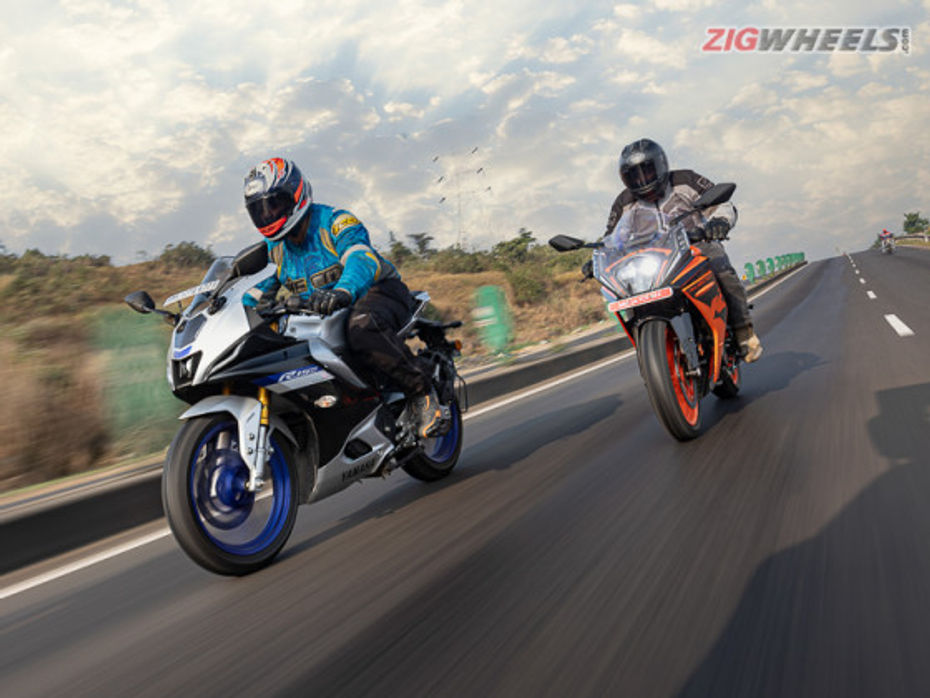
The Indian two-wheeler market is the largest of its kind in the world. The demand stems from the sheer population, and several manufacturers have been in play for the last few decades, vying for their share of the pie. However, in the last ten years or so, the market has witnessed a massive shift. Are things really getting better or are we evolving backwards?
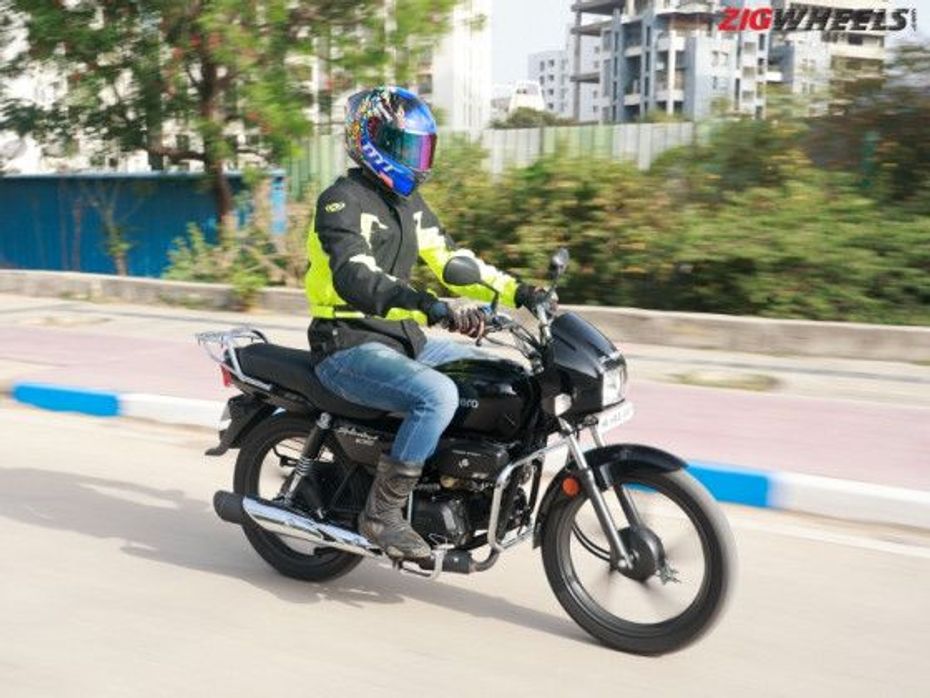
From financial year 2012 to 2017, the Indian two-wheeler sales made small improvements year on year, going from 13.41 million units to 17.59 million units, as per a report from Statista. In the early years, the two-wheeler market was ruled by 100cc commuters from Hero MotoCorp, Bajaj Auto and TVS, and scooters, primarily from Honda.
Interestingly, in the previous financial year, Honda was trailing behind Bajaj with 19.96 lakh units sold as compared to the Pune-based bikemaker’s 25.66 lakh units. But then in the following financial year, the demand for scooters saw a major uptick, with Honda leading the charge thanks to the venerable Honda Activa range. By the end of that financial year, the Japanese bikemaker managed to beat Bajaj. It tallied 26.06 lakh units while Bajaj trailed behind with a tally of 24.63 lakh units.
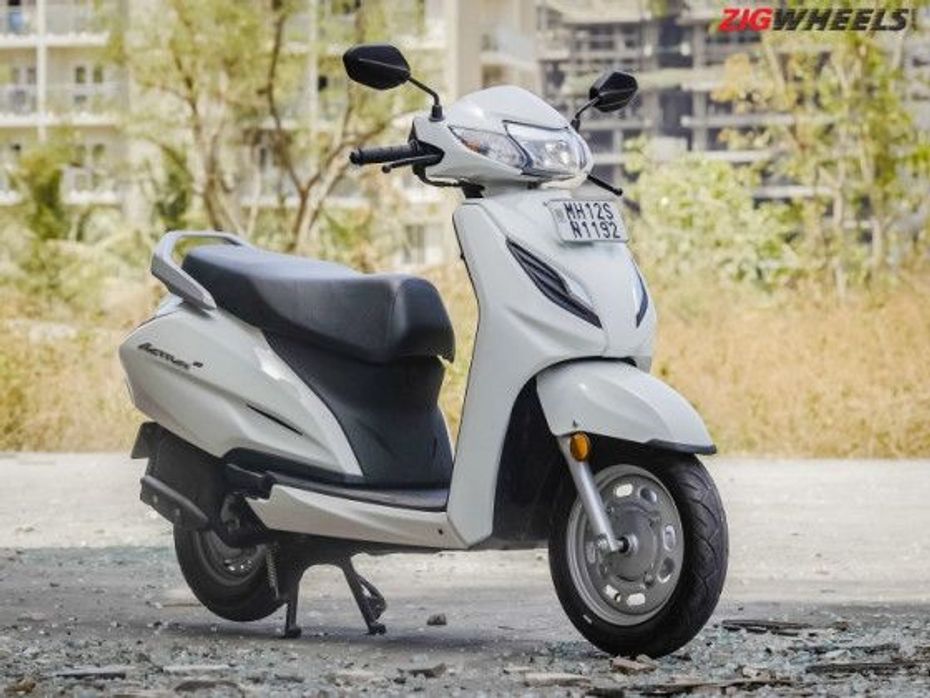
The resurgence of scooters witnessed even greater heights in FY 2016-17 when the Honda Activa (around 27.5 lakh units) beat the Hero Splendor (about 25.5 lakh units) to become the country’s best-selling two-wheeler for the first time. It’s evident that the primary growth drivers were 100-110cc bikes and scooters.
At the same time, the 150cc-160cc segment also witnessed steady growth. Even though their numbers were nowhere nearly as close to the 100-110cc heavyweights, the decade saw the introduction of several new motorcycles. Yamaha’s dominance in the 150cc performance segment with the Yamaha R15 was challenged by the introduction of the Honda CBR150R in 2012. In the 160cc streetfighter space, the Suzuki Gixxer and Yamaha FZ got new rivals in the form of the Honda CB Hornet 160R, and later, the Bajaj Pulsar NS160.
2012 marked an important year for the 200cc segment as well. Iconic Austrian brand KTM entered the country with its performance-packed offering, the KTM 200 Duke, in India in January. It gave enthusiasts a taste of how big-bike levels of performance can be, that too at a fairly accessible price point of Rs 1.17 lakh, ex-showroom. It became the cash cow for KTM at least until the KTM 125 Duke entered the picture. At the end of that year, its partner Bajaj brought in the Pulsar NS200 at an even lower price point of Rs 85,000 (ex-showroom)! That made the Pulsar NS200 the most affordable motorcycle with a liquid-cooled engine. In FY 2014, Bajaj managed to sell a healthy 74,000 units in India of both the Pulsar NS200 and the Pulsar 220F combined. While these numbers are healthy enough in their own right, they are still dwarfed by the 6.08 lakh unit figure tallied by the Pulsar range (the 150 and 180). In the same financial year, KTM racked up around 11,000 units in total.
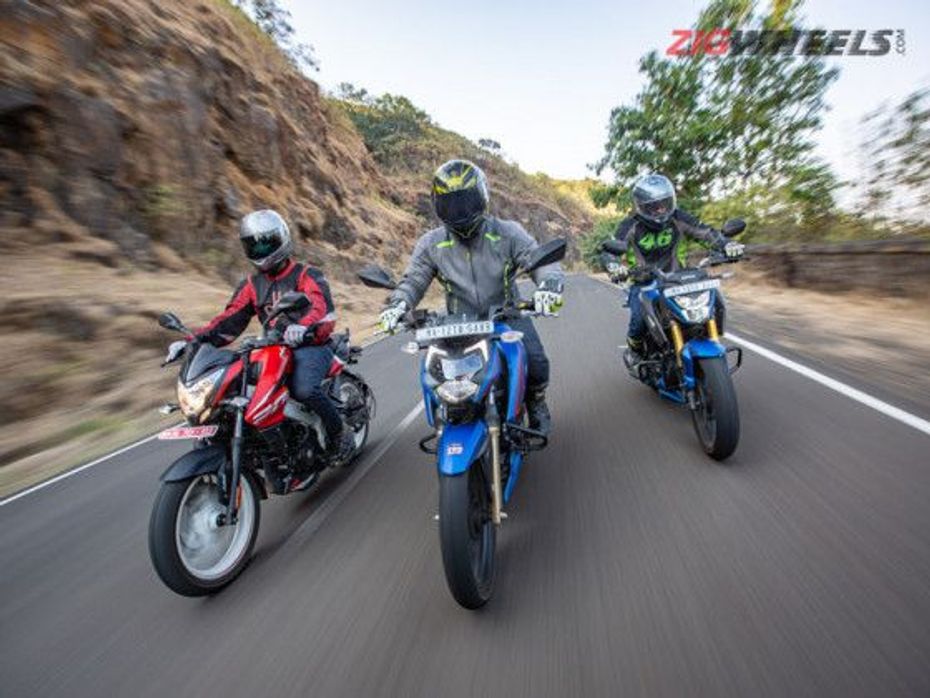
the automobile community
Then in 2016, the 200cc segment received a new jolt of life with the introduction of the TVS Apache RTR 200 4V. Packed with performance, the RTR 200 was the perfect affordable alternative to the KTM 200 Duke and a natural rival to the Pulsar NS200.
Summing up, in the first half of the last decade, the Indian two-wheeler segment was ruled by 100-110cc bikes and scooters, whereas the performance space was dominated by 150-160cc bikes followed by 200cc motorcycles.
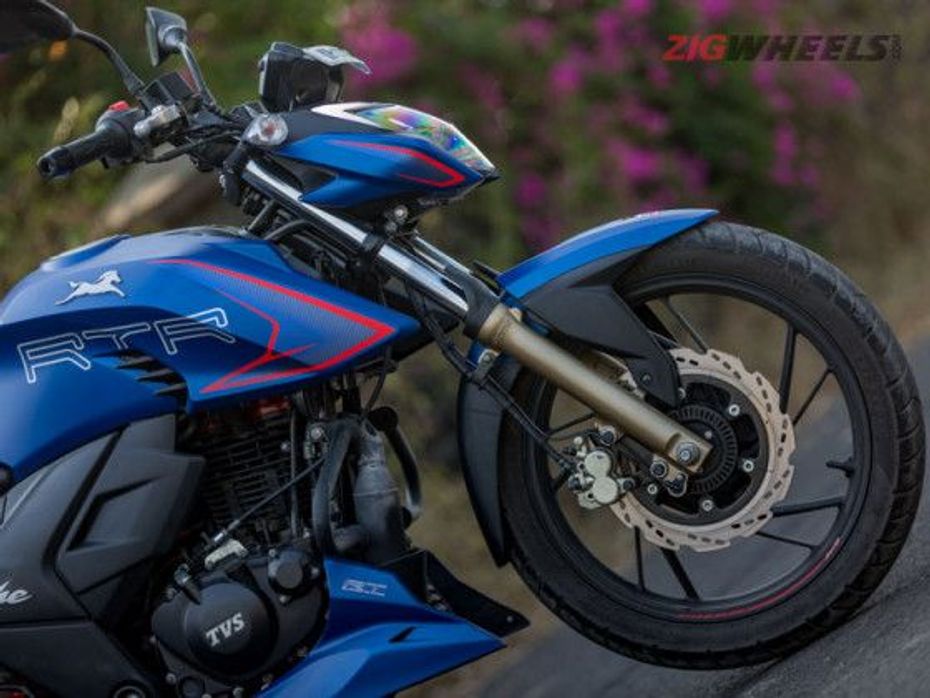
From 17.59 million two-wheelers in FY 17, the Indian two-wheeler space saw a fairly big jump to 20.2 million units in FY 2018. However, the overall sales took a dent in FY2019 with just a 4.85 percent year-on-year growth. This can be attributed to the fact that the baseline prices of bikes in the 150cc-and-above segment witnessed a major price increase as they had to comply with the new safety regulations that came into effect from April 2019. Bikes displacing 125cc and above had to be equipped with ABS, which drove up the costs considerably.
As larger capacity motorcycles became dearer, Indian manufacturers realised the 125cc segment was ripe for the picking as it offers a great balance of affordability as well as fuel efficiency. Honda’s long-standing, best-selling Shine was then accompanied by the more premium SP 125 in 2019, and in 2020, Hero jumped into the fray with the updated Super Splendor and the Glamour, both featuring 5-speed transmissions.

Even in the performance segment, KTM entered the 125cc space with the launch of the 125 Duke in 2018. Interestingly, it was priced at Rs 1.18 lakh (ex-showroom), which was Rs 1,000 more than the price of the 200 Duke when it was launched back in 2012. This along with the RC 125 have become the best-selling bikes for KTM for several months after their launches.
However, things took a turn for the worse from March 2020 when the Covid-19 pandemic hit. This coincided with the Indian auto industry graduating to BS6 emission norms, so manufacturers were forced to update their products to comply with the new stringent regulations. It resulted in a big hike in prices, not to mention loss of performance in several products.
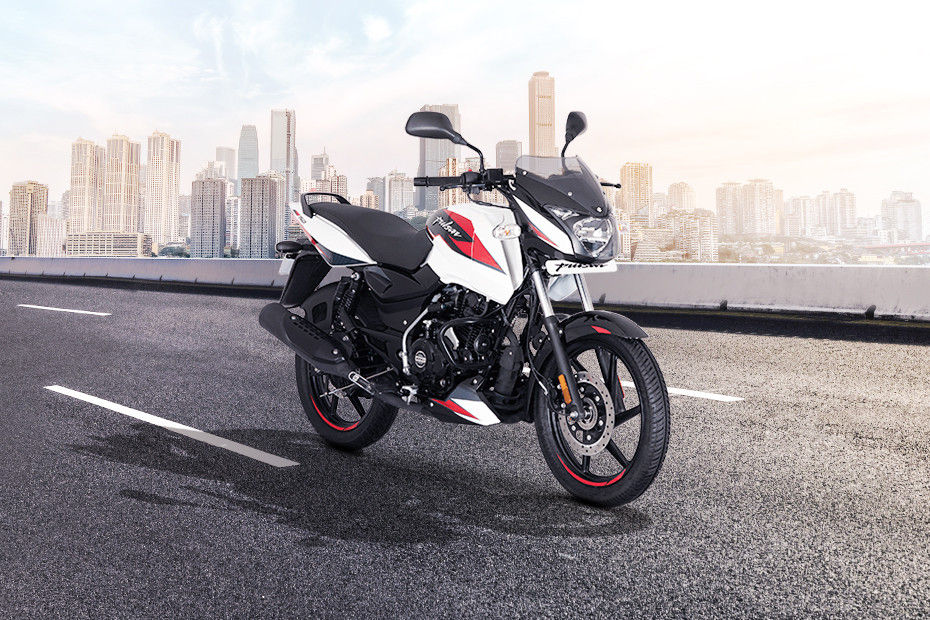
In 2022, geopolitical tensions between China and Taiwan, followed by the ongoing Ukraine-Russia conflict also resulted in issues in logistics, semiconductor chip shortage, and a massive hike in fuel prices. In fact, in April this year, inflation hit an eight-year high of 7.8 percent, forcing consumers to rethink their vehicle purchases. The 150cc segment has also shrunk, with only the Bajaj Pulsar 150, Yamaha FZ and Yamaha FZ-X on offer in the market. However, the 125cc segment is still going strong, with the Honda Shine dominating sales. In fact, with 1.19 lakh units in April, it outsold literally all the other 125cc motorcycles in India put together.
Considering the majority of the sales come in from the mobility-focussed commuter segment, the situation is unlikely to improve unless electric two-wheelers become affordable enough and offer ICE-rivalling range. This may not be possible solely through subsidies alone, but also more proactive financial aid to be given to Indian EV companies by the government.
Either that or fuel prices and general inflation have to go down for folks to start buying their favourite petrol-powered two-wheelers again. But we know where we are heading, don’t we?
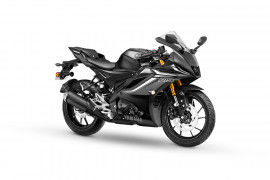

Here’s Why Yamaha Should Make Its Upcoming RX 100 An Electric Bike

EXCLUSIVE: Here’s Your First Look At The Upcoming TVS Zeppelin...

5 Things The 2022 KTM RC 390 Does Better Than The Previous Gen RC 390

2024 Yamaha R15 V4, FZ-FI V3, FZ-S FI V3, FZ-X, FZ-S FI V4 Deluxe...

Yamaha Has Something New For Us In Store: New Launch On January 9

Yamaha R15M, MT-15 And Ray ZR 125 Fi Hybrid MotoGP Edition Models For...

World Motorcycle Day 2023: Top 10 Bikes And Scooters That Changed The...

We’d Do ANYTHING To Have These 5 Sportbikes In India
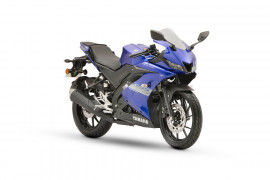 Yamaha R15S
Yamaha R15S
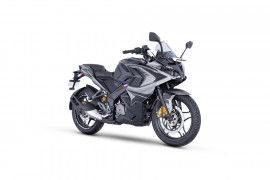 Bajaj Pulsar RS200
Bajaj Pulsar RS200
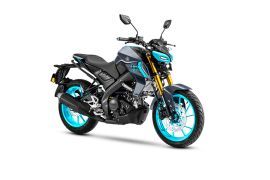 Yamaha MT 15 V2
Yamaha MT 15 V2
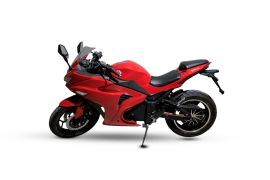 Birla V6
Birla V6
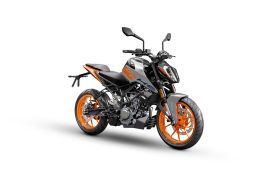 KTM Duke 200
KTM Duke 200
India's largest automotive community